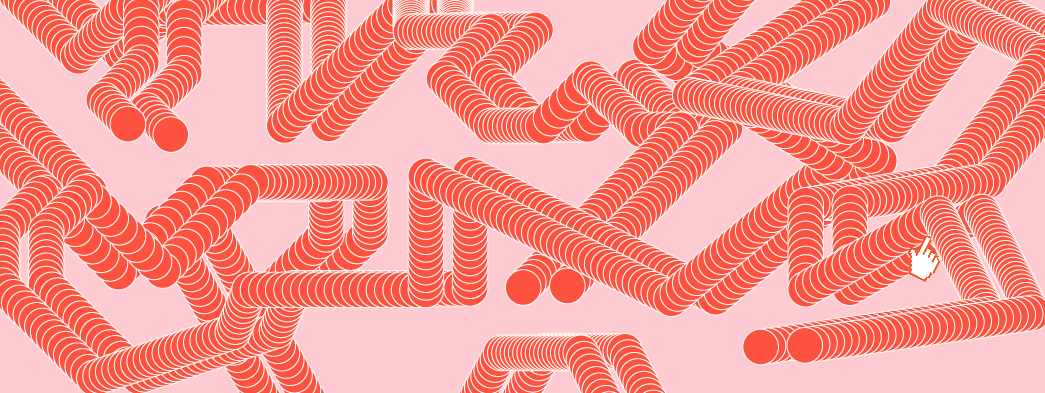
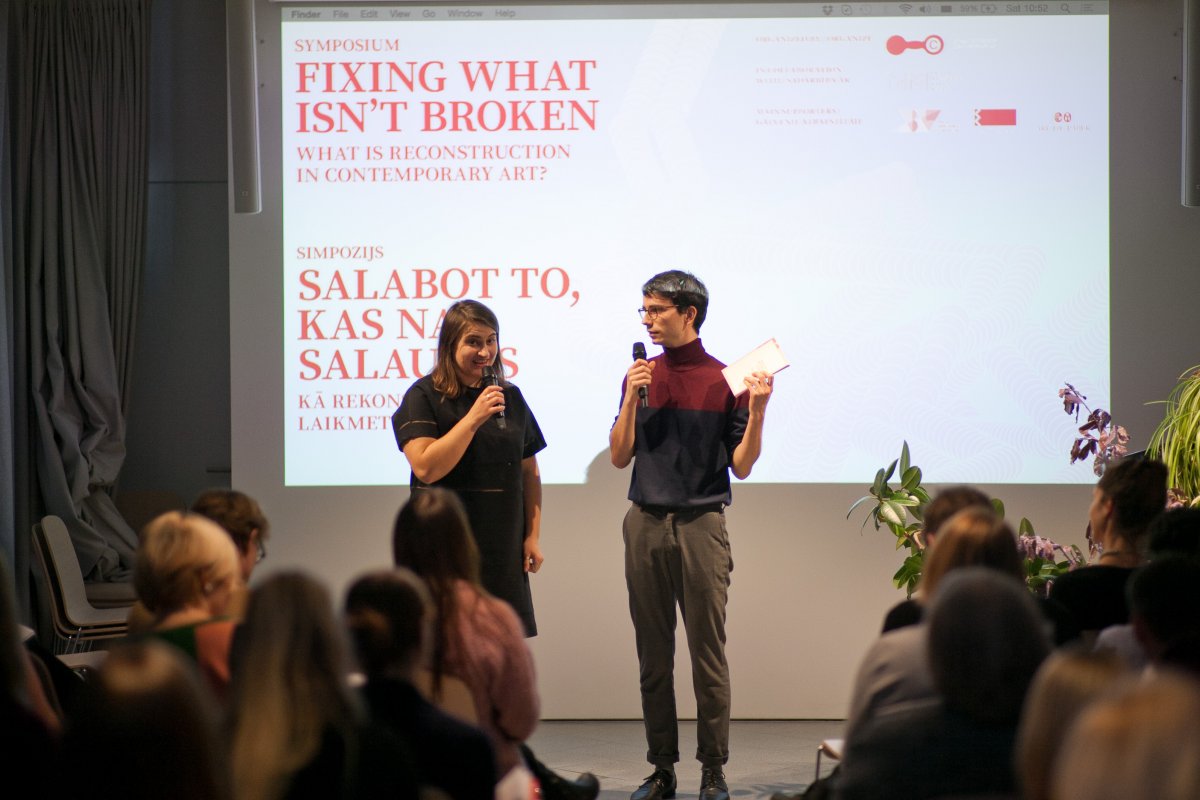
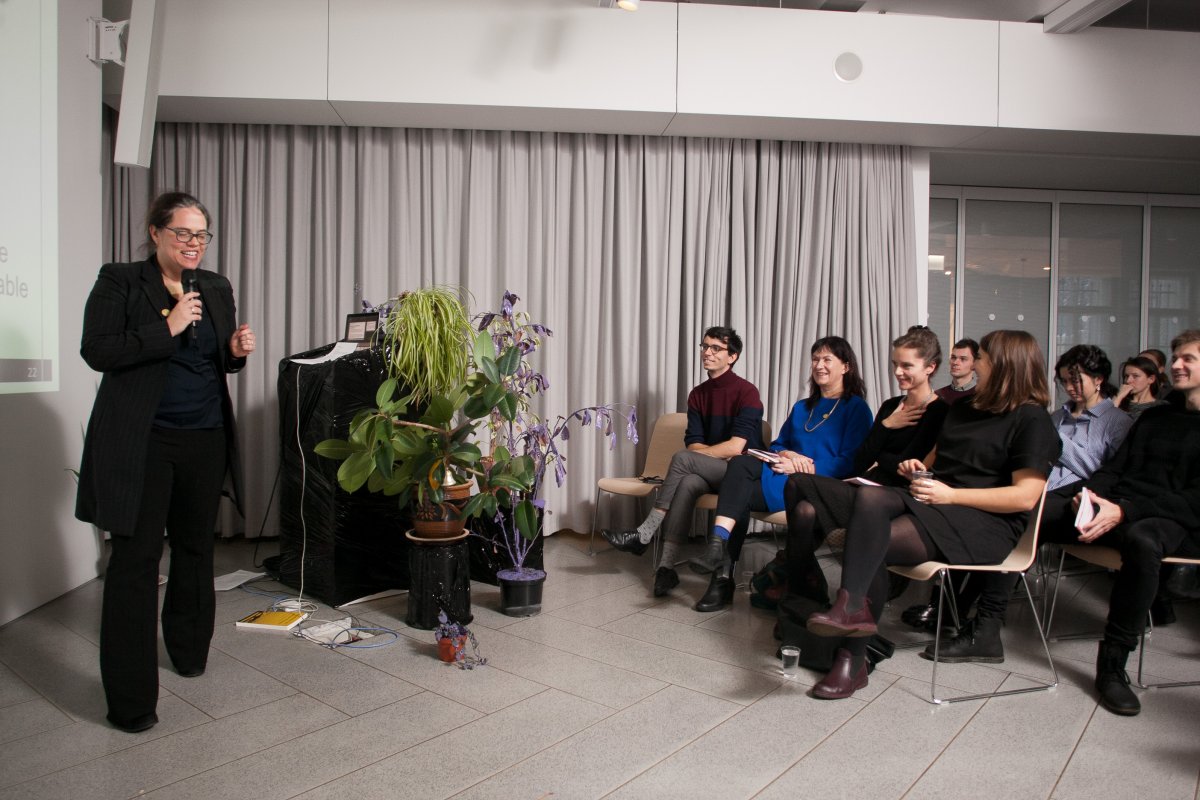
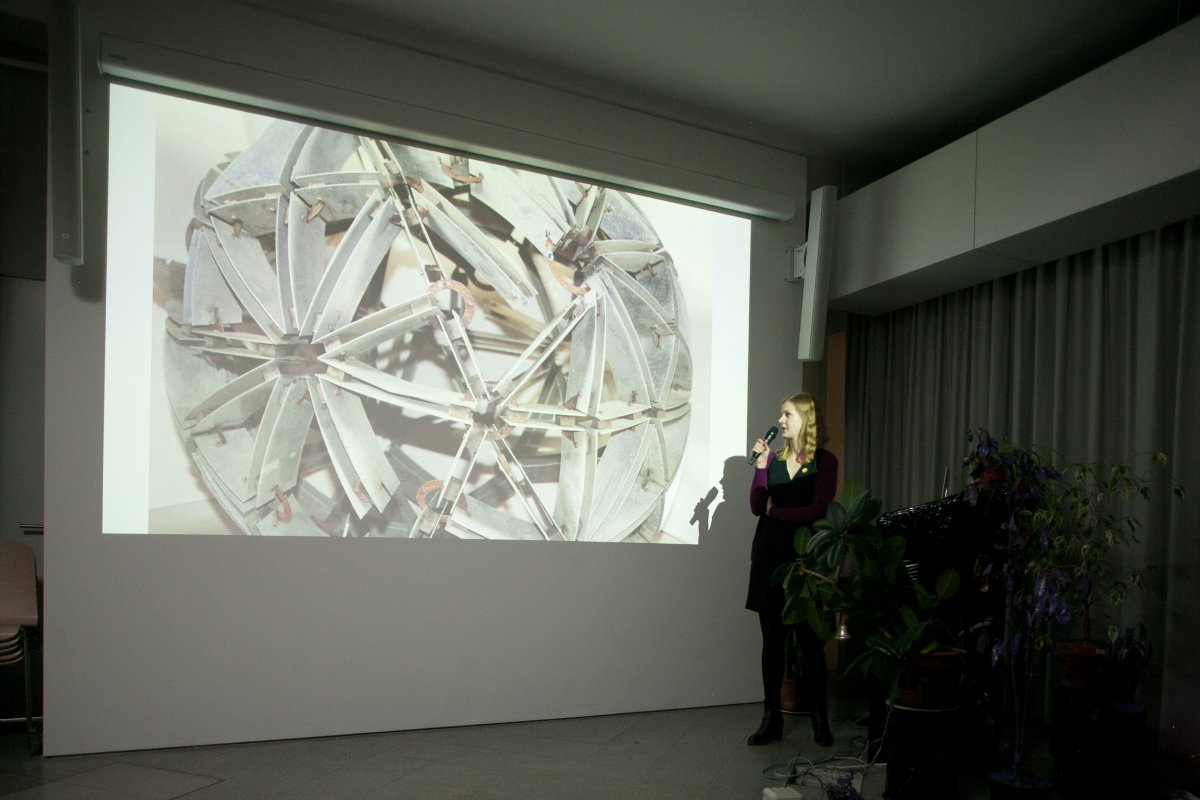
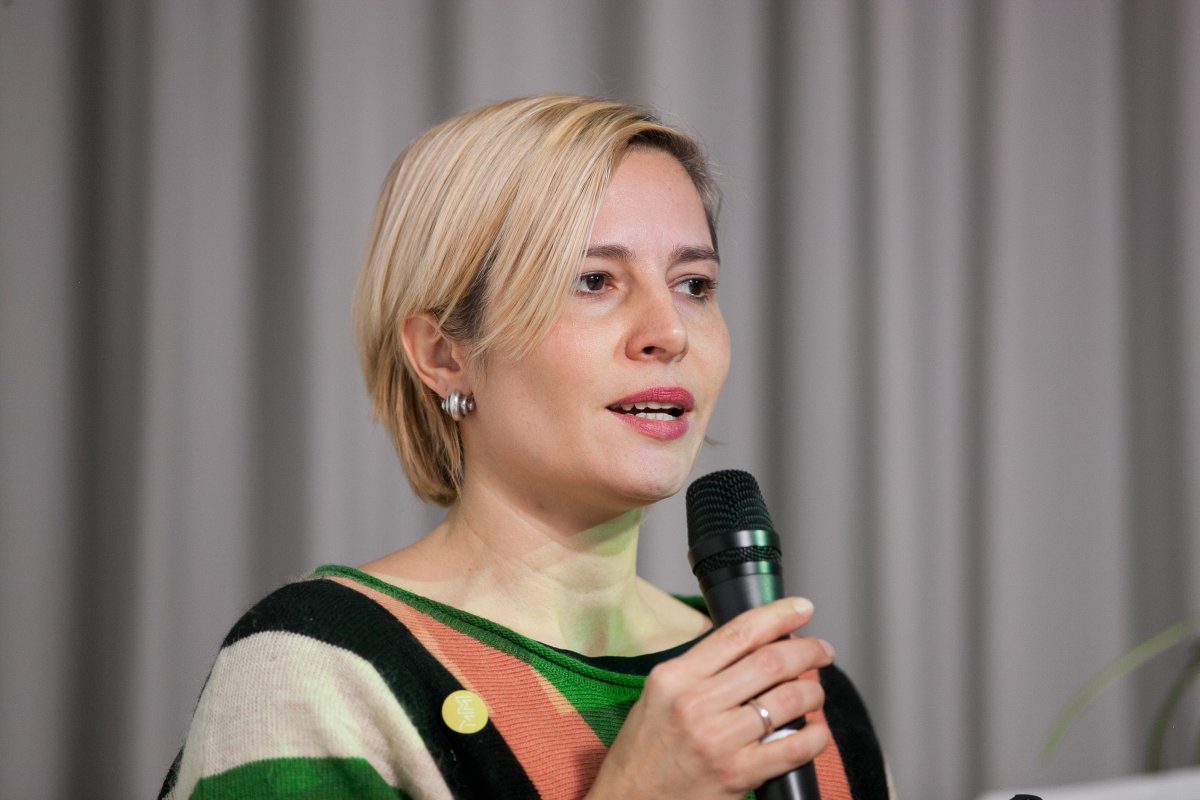
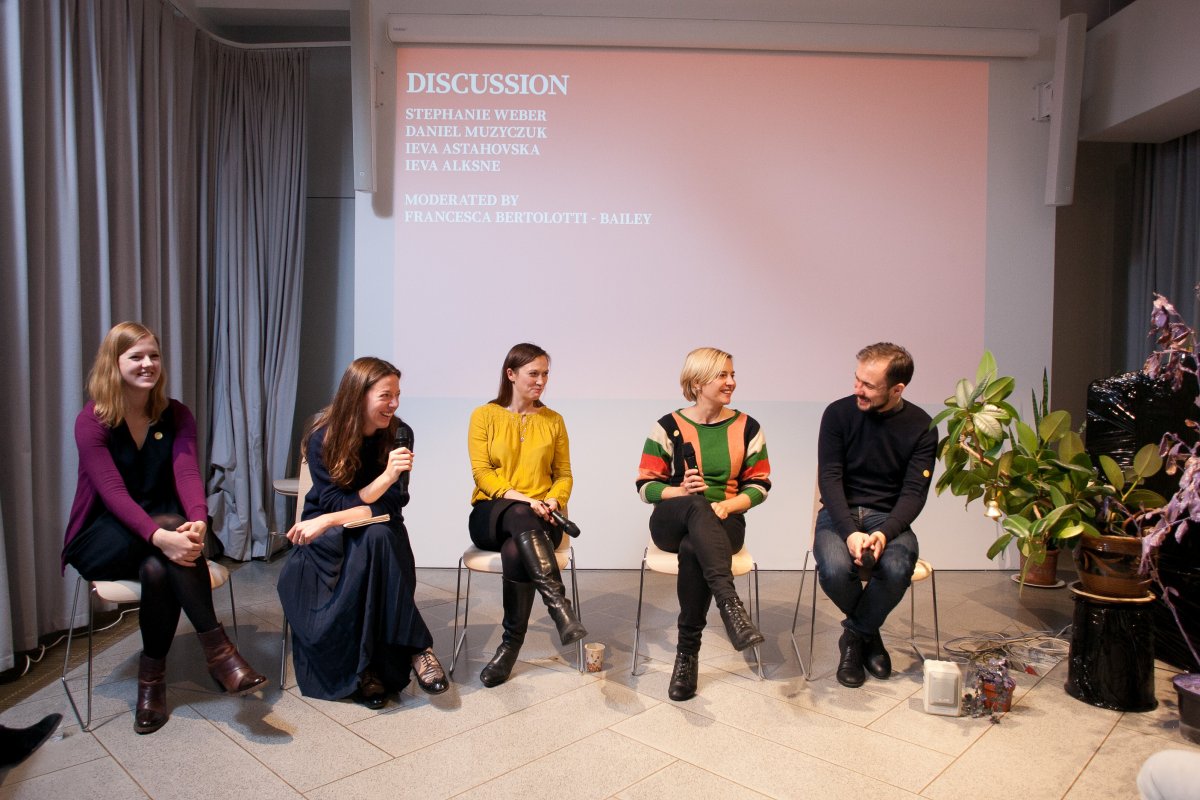
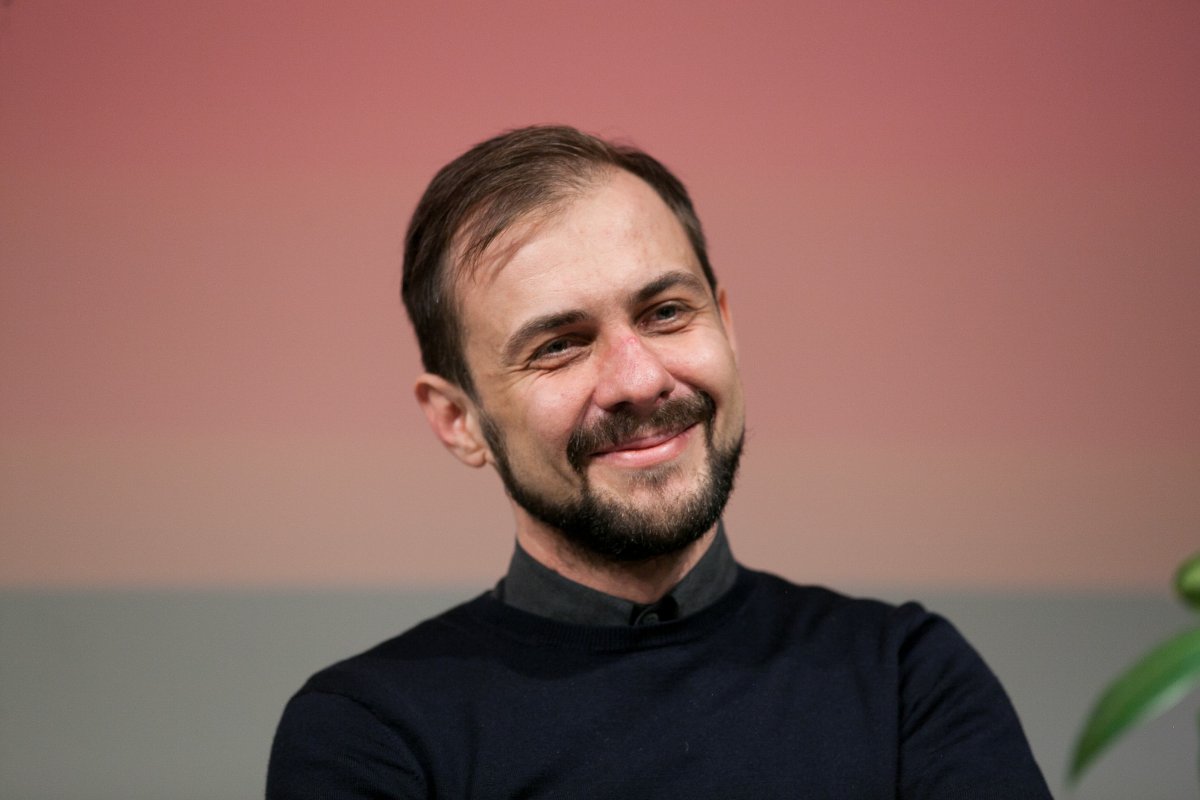
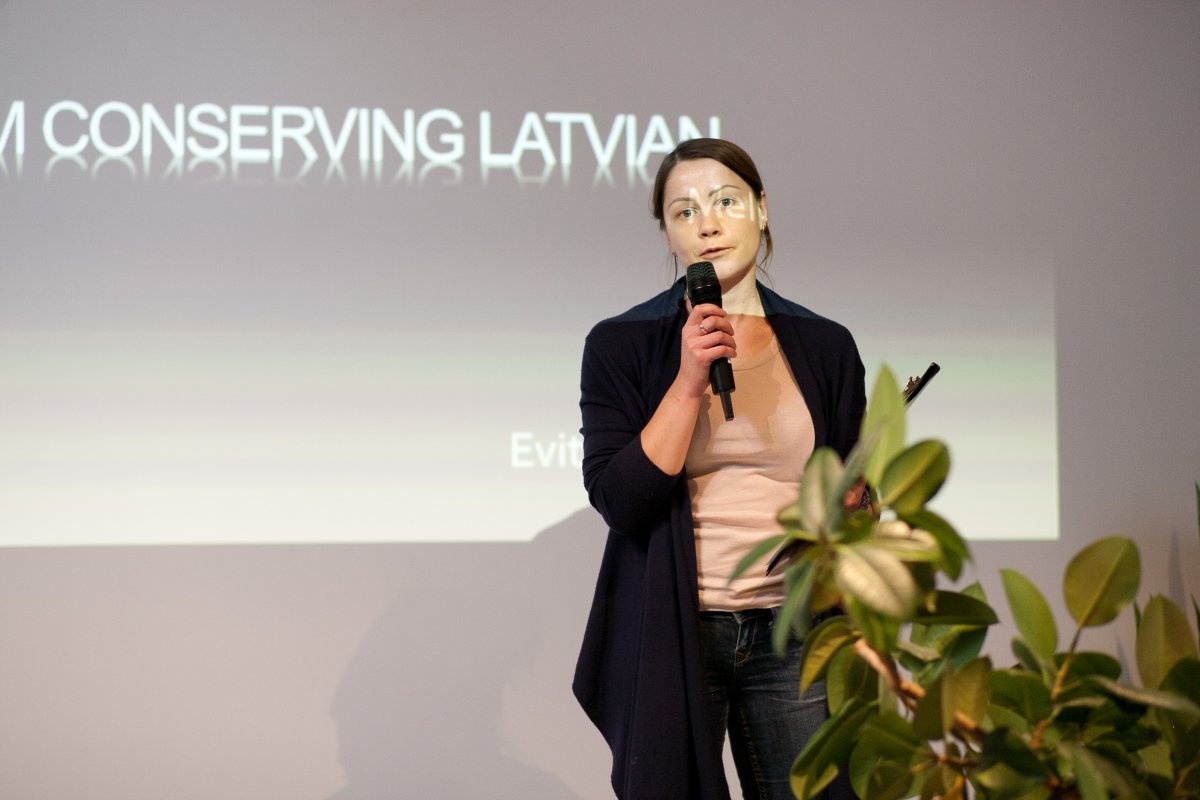
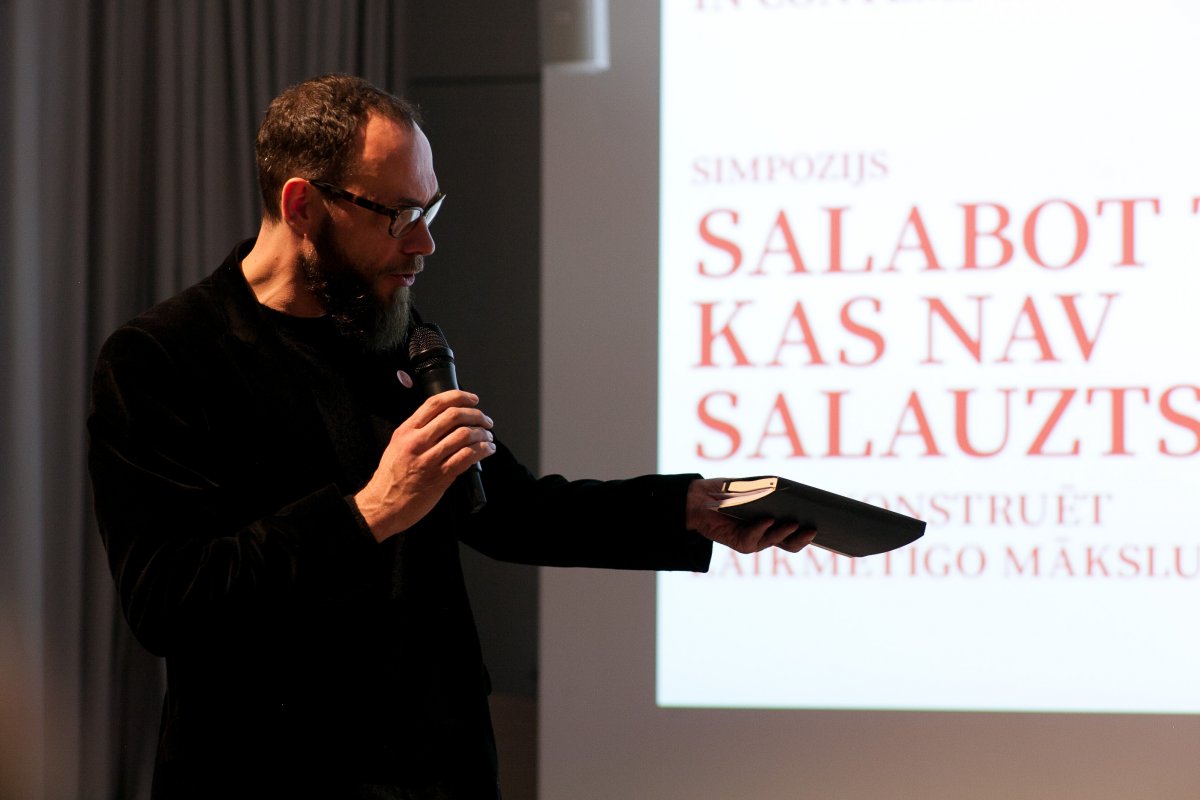

The symposium Fixing what isn’t broken. What is reconstruction in contemporary art? will take place on December 3 at the Latvian National Museum of Art. It will address the dilemmas that arise when trying to reconstruct contemporary artworks, with a particular focus on works that are unstable or changing - installations, performances, kinetic or multimedia artworks.
At the centre of the discussion will not only be themes of materiality and the physical process of reconstruction of the artwork, but also such issues as authorship, authenticity, original vs. copy, material vs. immaterial, author’s intent, and re-interpretation. The questions asked in the symposium spring forth from two exhibitions organized by the Latvian Centre for Contemporary Art that take place parallel to the symposium: Juris Boiko. Salt Crystals at the Latvian National Museum of Art and Archaeology of Kinetics by artist Valdis Celms and restorer Ieva Alksne at the Riga Art Space.
One of the works revived in these exhibitions is Saltblower (1990), a complex video installation by Latvian artist Juris Boiko (1954-2002). Saltblower consists of a heap of three tons of salt, a video projection of moving clouds, eight muted televisions sets broadcasting live TV and a sound piece in the background. Boiko created the work for the seminal exhibition Latvia – 20th Century Somersault. 1940-1990, which took place in the background of the struggle for Latvian independence of the late 1980s and early 1990s.
Realising this reconstruction brings up a series of unexpected conservational and curatorial questions. For instance, the original TV sets no longer exist – do you find exactly the same TVs of the original piece or it does not matter as long as they are analogue? What place do the original exhibition and the socio-political events that inspired it have for the understanding of this work and how that context should be presented? Is it possible to make an accurate reconstruction of this site-specific installation? And why is it meaningful to do it now? To further complicate matters, all these questions will have to be answered without the usually indispensible input of the author himself.
In the symposium we will look at these questions and themes through case studies of two important actors in the reconstruction process: the curator and the conservator-restorer. The symposium will welcome professionals from a wide range of European institutions, who will share their experiences with reconstructing changing artworks. Participants include Stephanie Weber (Lenbachhaus Munich, Germany), Daniel Muzyczuk (Muzeum Sztuki in Lodz, Poland), Louise Lawson (Tate Modern, UK), Hilkka Hiiop (Art Museum of Estonia), Ieva Alksne and Evita Melbārde (conservators-restorers, Latvia), Astrīda Rogule (Latvian National Museum of Art), Ieva Astahovska (Latvian Centre for Contemporary Art), Francesca Bertolotti-Bailey (Liverpool Biennial, UK), and Kaspars Vanags (ABLV Charitable Foundation, Latvia). Prior to their talks, conservation expert Dr. Vivian van Saaze (Maastricht University, Netherlands) will open the symposium with a lecture on the key concepts of conservation theory.
The symposium will also present a publication - An Incomplete Guide Fixing what isn't broken. What is reconstruction in contemporary art?, edited by Simon van der Weele (researcher, Netherlands).
FULL PROGRAMME
10:00 - 10:30 Registration
10:30 - 10:45 Welcome by Solvita Krese (Director of the Latvian Centre for Contemporary Art, Riga)
10:45 - 11:30 Dr. Vivian van Saaze (Assistant Professor, Faculty of Arts and Social Sciences, Maastricht University, Netherlands)
Traveling Concepts in the Field of Conservation
11:30 - 11:45 Coffee Break
Curators’ panel. Moderated by Francesca Bertolotti-Bailey (Head of Production and International Projects, Liverpool Biennial, UK)
11:45 - 12:05 Stephanie Weber (Curator for Contemporary Art, Lenbachhaus Munich, Germany)
Suspended Present. Reconstruction / Reinterpretation for the Works of Lea Lublin and VALIE EXPORT
12:05 - 12:25 Daniel Muzyczuk (Head of Modern Art Department, Muzeum Sztuki in Lodz, Poland)
The Neoplastic Room as Idea and Object and its Consequences for the Idea of Reconstruction of Works of Art
12:25 - 12:45 Ieva Alksne (Conservator-restorer, Riga) & Ieva Astahovska (Curator, Latvian Centre for Contemporary Art, Riga)
Reviving the Lost Movement or Six Ways How to Return to Soviet Kinetics
12:45 - 13:15 Discussion
13:15 - 14:15 Lunch
Restorers’ Panel. Moderated by Kaspars Vanags (Head of Arts Programmes, ABLV Charitable Foundation, Riga)
14:15 - 14:45 Astrīda Rogule (Curator of the Contemporary Art Collection, Latvian National Museum of Art, Riga) & Evita Melbārde (Conservator-restorer of Contemporary Art, Riga)
Challenges for Contemporary Art Museum Collection Curators. Problems and Risks.
14:45 - 15:15 Hilkka Hiiop (Conservation Specialist, Art Museum of Estonia, Tallinn)
How to Preserve the Ephemeral? Contemporary Art Preservation in the Art Museum of Estonia (AME)?
15:15 - 15:45 Louise Lawson (Conservation Manager, Time-Based Media Conservation, Tate Modern, London)
Replication, Reconstruction and Re-enactment – Case Studies at Tate
15:45 - 16:00 Coffee Break
16:00 - 16:20 Closing summary by Dr. Vivian van Saaze and Kaspars Vanags
16:20 - 17:00 Drinks
The working language of the symposium will be English.
Participation in the symposium is free. Registration is required.
Symposium is organized by the Latvian Centre for Contemporary Art in collaboration with the Latvian National Museum of Art. Curatorial group of the symposium: Inga Lāce, Simon van der Weele, Kitija Vasiļjeva, Māra Žeikare
Main supporter of the symposium: ABLV Charitable Foundation and State Culture Capital Foundation
FIXING WHAT ISN'T BROKEN - WELCOME by Solvita Krese, director of LCCA
FIXING WHAT ISN'T BROKEN - PART 2 - Stephanie Weber
FIXING WHAT ISN'T BROKEN - PART 3 - Daniel Muzyczuk